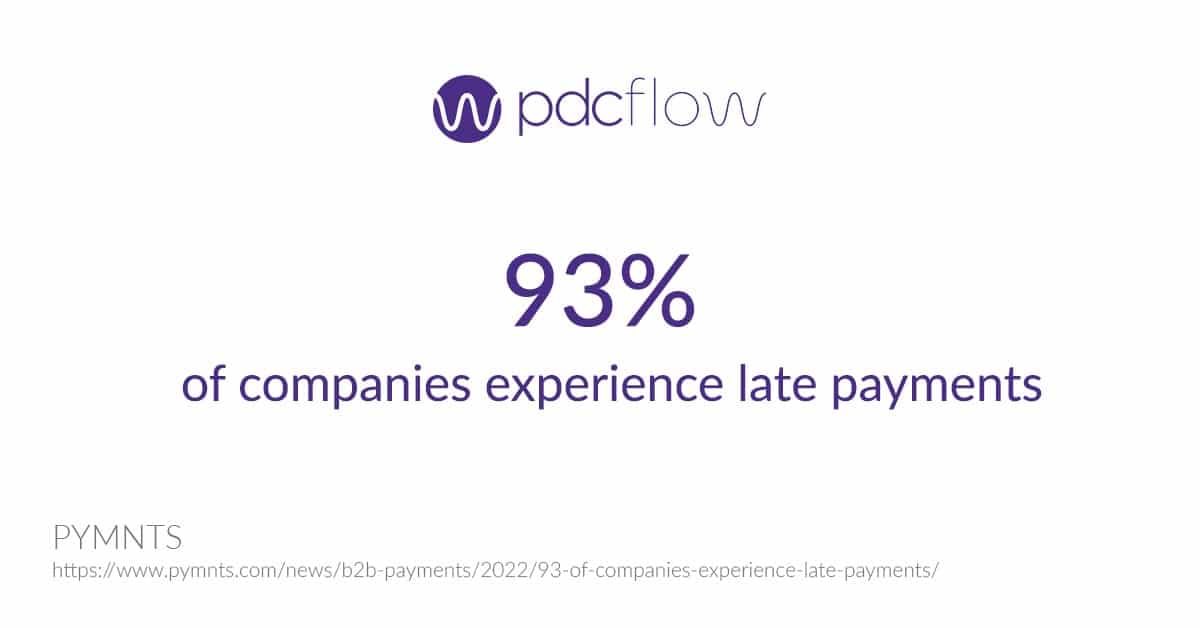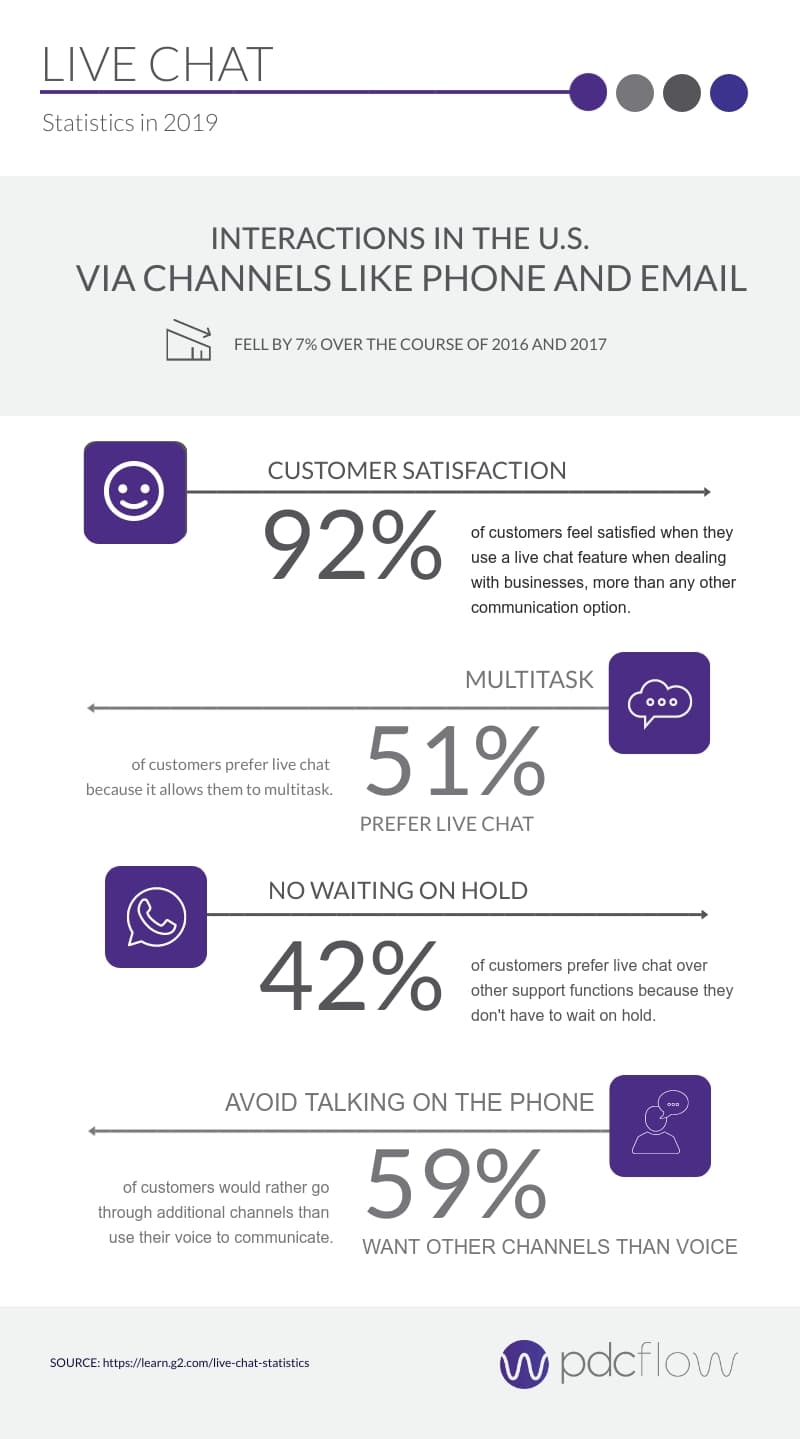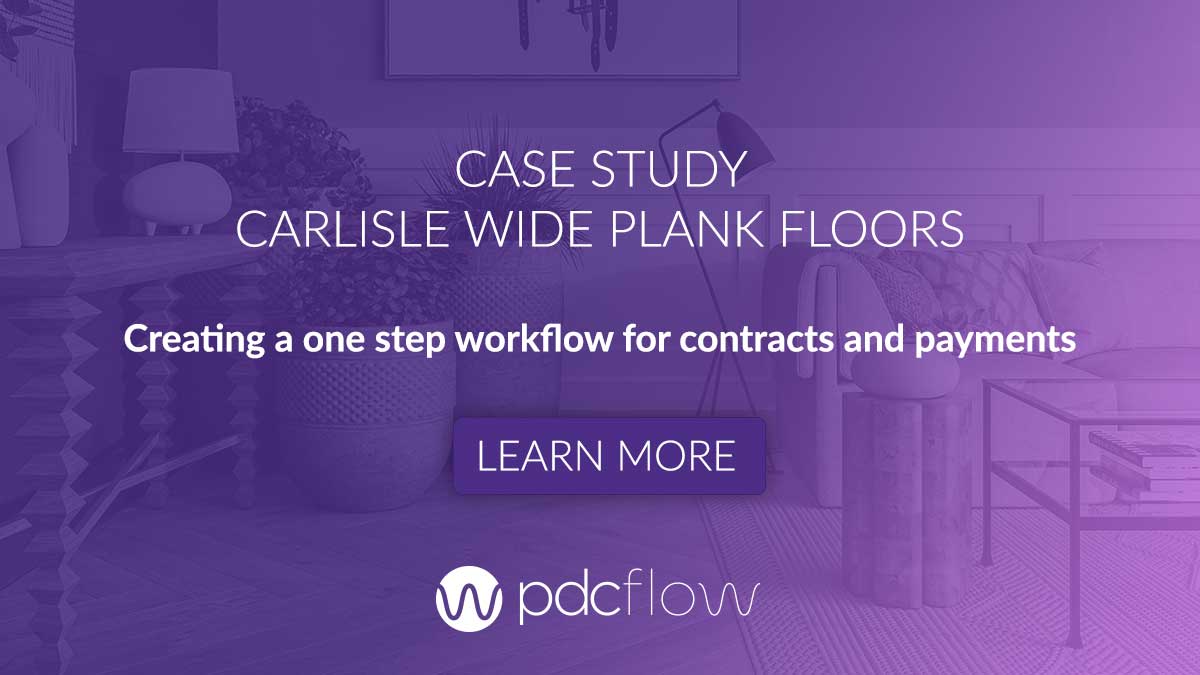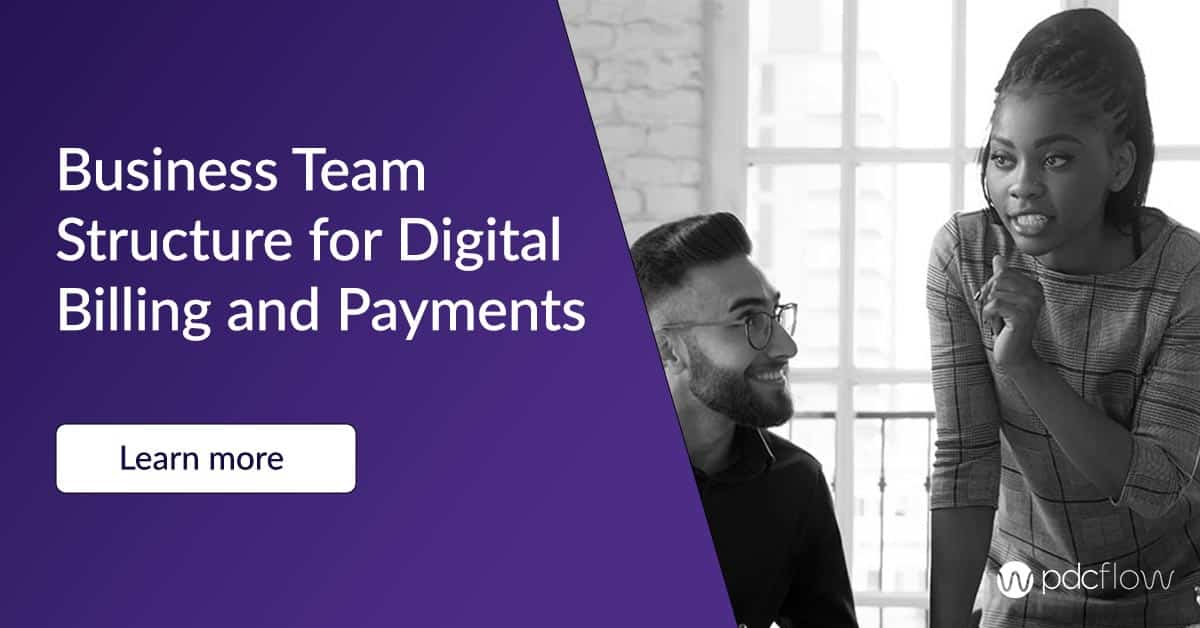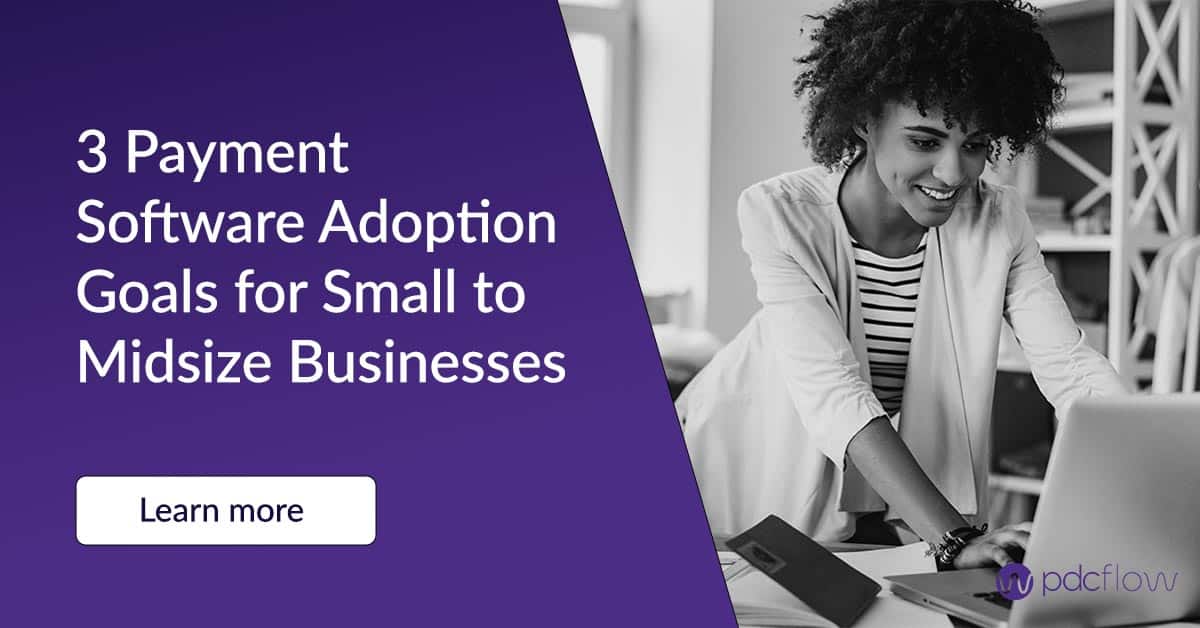Small Business Payments: Reasons for Late/Unpaid Bills
Small businesses need to collect every dollar possible. That’s why late payments or unpaid bills can be so devastating to your company’s growth. Look out for these common reasons customers may not pay their bill on time.
Unable to reach customer
Fewer customers than ever prefer paper bills and telephone calls. If you’re reaching out to them through a method they don’t like, you’re creating a problem.
Poor customer experience
If the customer’s experience is frustrating or has too many friction points, you will lose money. A confusing website or complicated payment screen will cause customers to abandon payments.
Those who work during business hours often can’t find time to call your customer service line to pay over the phone. Others don’t want to talk to an employee just to pay. A lack of self-service small business payment options creates friction and increases late payments.
Incorrect payment information not detected
Payment solutions for small businesses don’t always protect recurring payment schedules. When a schedule is created to start on a future date or a customer creates a payment plan through your online payment portal, an employee may not know if the payment information is valid.
Whatever software you use for your small business payment options, make sure it includes technology to detect payment information at the time a schedule is created, so future payments don’t fail.
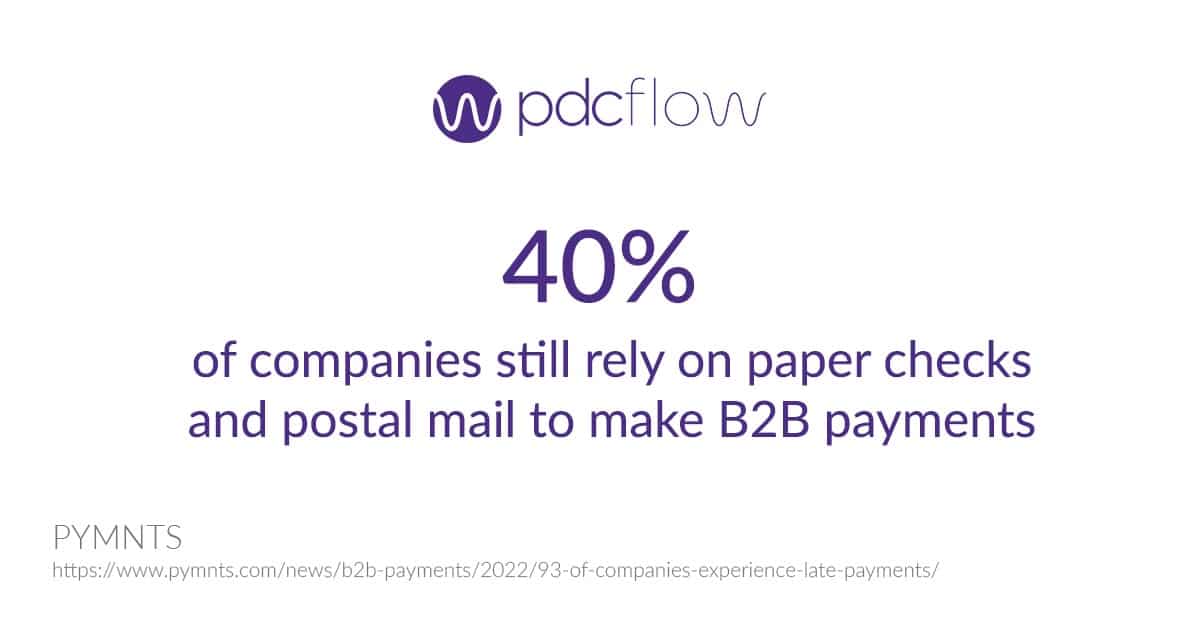
What do Customers Expect From Small Business Payment Options?
Customers understand that your small business may not have the resources of a large company but that doesn’t mean they’ll put up with endless frustration just to pay a bill.
Your business must offer basic, secure options that speed up payment workflows and make it easier to connect with a consumer. Here are seven small business payment options that create a better customer experience.
1) Credit cards and ACH payments
Credit and debit cards are some of the most common payment methods available. Companies may hesitate to accept cards because of the fees associated. However, credit card payments are essential to satisfying a large number of your customers and should be offered.
ACH payments are also extremely popular. The least you can do as a small business owner is to let customers choose whether to pay with a card or use their bank account information.
2) An online payment portal
An easy payment experience is the key to getting your money on time. It is unrealistic to ask customers to call or mail a paper check to pay their bill. In fact, younger customers may not even know how to write a check.
Self-service payments let people choose how, when and where they can resolve their bills. An online payment option puts the customer in control and encourages them to pay faster.
3) QR code links to payment
For those who do send bills or invoices through the mail, you can still use this channel to encourage faster payments.
Companies can print QR code links to a payment portal directly on invoices or statements. This creates a faster, easier way for customers to reach your payment portal.
4) Text
5) Email
6) Chat
Chat is becoming a more common customer service channel. A chat option that is run by one of your staff members or an AI chatbot can also become a digital payment tool to bring in more payments.
Train staff or your chatbot to remind customers about an outstanding bill while you have their attention. Then, send them directly to a payment page before they leave the conversation to capture more payments on time.
7) Payment organization features
Small businesses need to stay organized but it’s hard to put structures in place without help. Look to your payment processing software to support how you segment the different groups, departments or locations of your business.
Lock down access to workflow templates or reports and make it easier to reconcile your payments. While this feature isn’t a customer-facing option, it can have a big impact on their experience.
Easier access to the right materials will cut down on human error and make it faster for your staff to know which of their customers still need to pay.
PDCflow’s Small Business Payment Options
PDCflow provides companies with a full payment suite for businesses to offer convenient, safe payment options for both business-to-consumer and business-to-business payments. Along with this, companies can use Flow Technology (our outbound message delivery system) to simplify the way you engage with customers about their payments.
With PDCflow, you can:
- Accept credit cards and ACH payments - Get a merchant account through one of our flexible merchant service provider relationships. For credit card processing, choose from either a traditional merchant account or a zero cost processing model.
- Accept online payments - Let customers serve themselves without staff assistance. Set up multiple portals as needed and brand them with company colors/logo based on group or location to keep portions of your business separate from one another.
- QR codes - Generate QR codes or print them on paper statements so it’s faster and easier for a customer to pay. All they need to do is scan their code to access the payment portal.
- Flow Technology for email, SMS and chat - Flow Technology works by letting merchants roll several actions into one workflow and send it all at once to the customer. Send documents, request an esignature, request a payment or ask for photos to be uploaded – all in a single communication.
- Organizational hierarchy - use PDCflow’s organizational hierarchy to segment the information your staff can access. Separate Flow templates, reporting, etc. by group, department or location, so only the people who need access can handle sensitive information.
Does your small business offer self-serve payments and communication options like email and SMS that simplify workflows for your customers? For more information on how PDCflow's full payment suite and Flow Technology message delivery system can help, request a demo today.
Request a Demo:
Want to know more about PDCflow Software?
Press ▶️ to watch our explainer video


